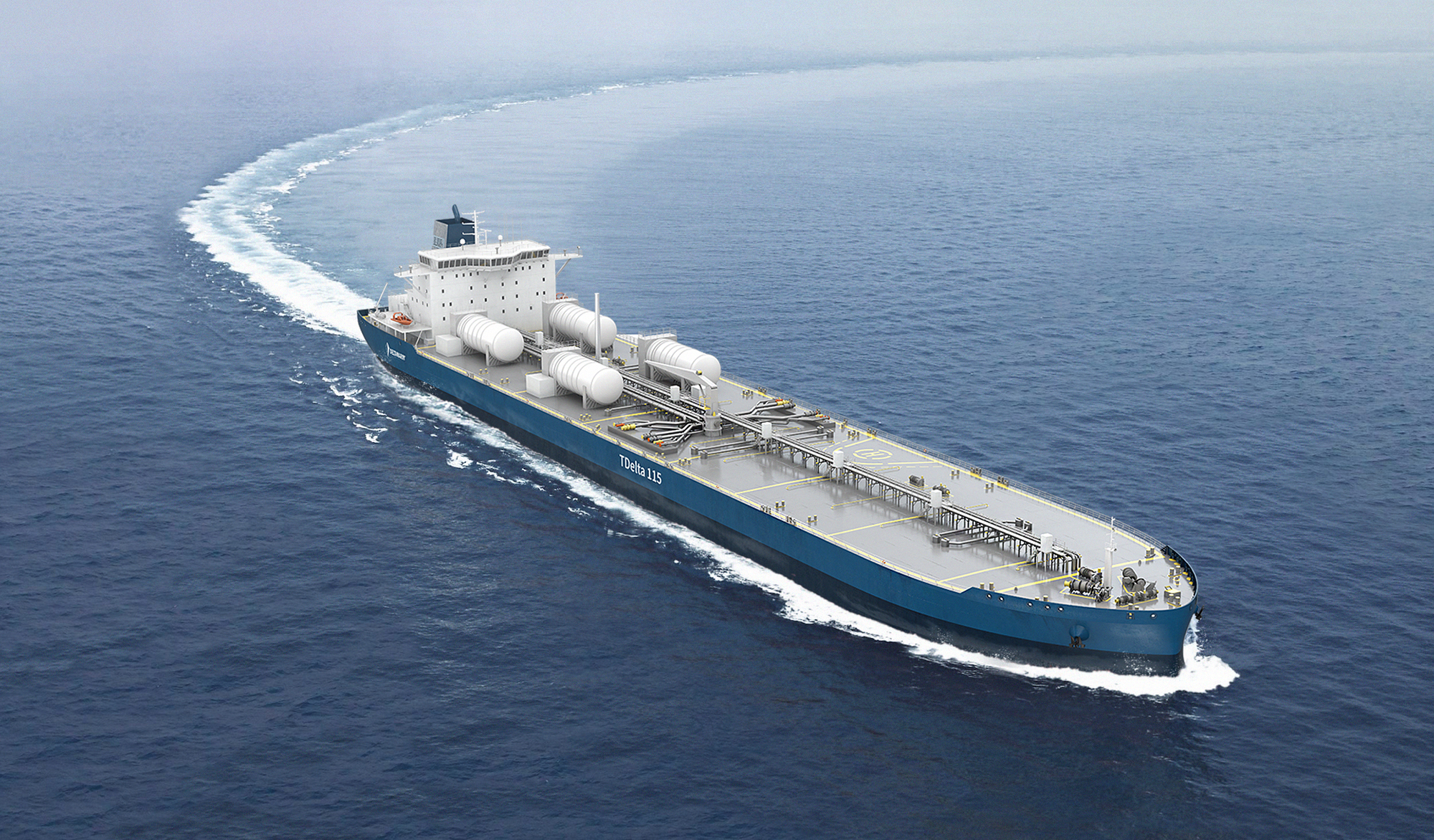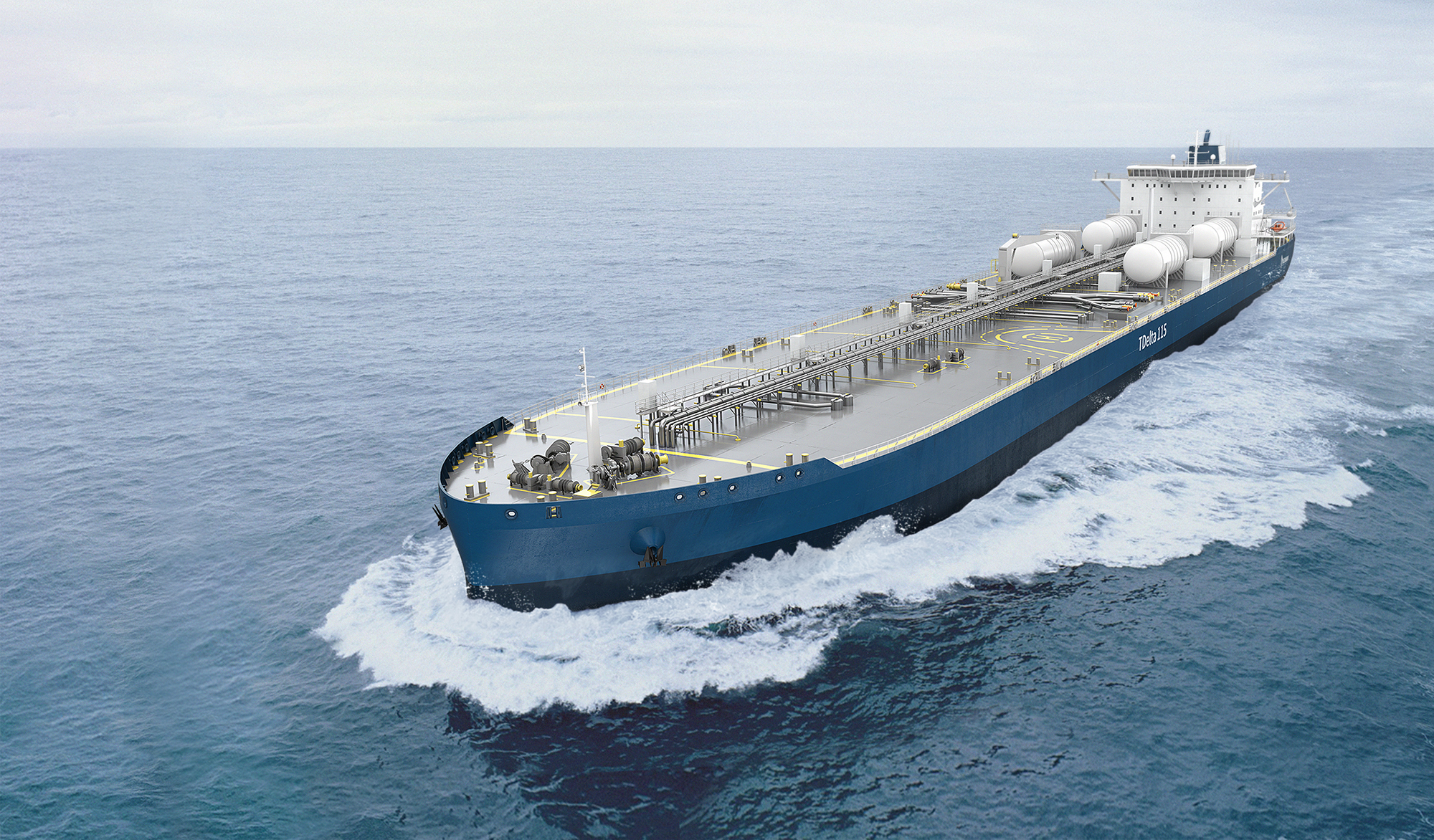Maritime industry decarbonisation brings new legislation along. In addition to the upcoming rules for EEXI and CII, there is a growing interest among ship owners and operators to understand the true well-to-wake emissions of the newbuildings. It is also important to gain control of the total cost of both today’s and future choices of fuels and technologies in the projects. Shipping decarbonisation is technically a combination of smart operations, innovative, efficient ship design and low-carbon fuels. Deltamarin’s new design tools enable to gain control of all of these.

Deltamarin partnered recently with DNV, Total and Minerva Marine for performing a joint industry project (JIP) regarding various fuel alternatives with two different tankers as case ships. The project was conducted during 2020 and it included assessment of different options for decarbonization with respect to design of vessels, financials, and environmental performance – both on well-to-wake as well as tank-to-wake basis. The case vessels in the project were Deltamarin’s new design, but the operation profile was based on measurements from existing, modern tanker fleet of similar size.
You can find a summary report on DNV’s page in this link. At the end of the article, we have also produced a summarizing presentation of the main results of the project.

The JIP is a part of Deltamarin’s continuous development activities in the field of making decarbonisation reality for our customers. Even if the focus of the JIP was in comparing various fuel and certain technology alternatives with each other, it enabled us to evaluate the role of good, fuel efficient ship design in the decarbonisation context. The project also enhanced our understanding of the importance of having real data available for the analyses. There are many alternative paths for carbon neutral or zero emission maritime industry, and the best solutions are found together utilizing our experience and smart design processes for the actual work. Innovations are made by ensuring compatibility of the tailor made concept with the business case, taking the total cost of ownership into account.
Source: Deltamarin